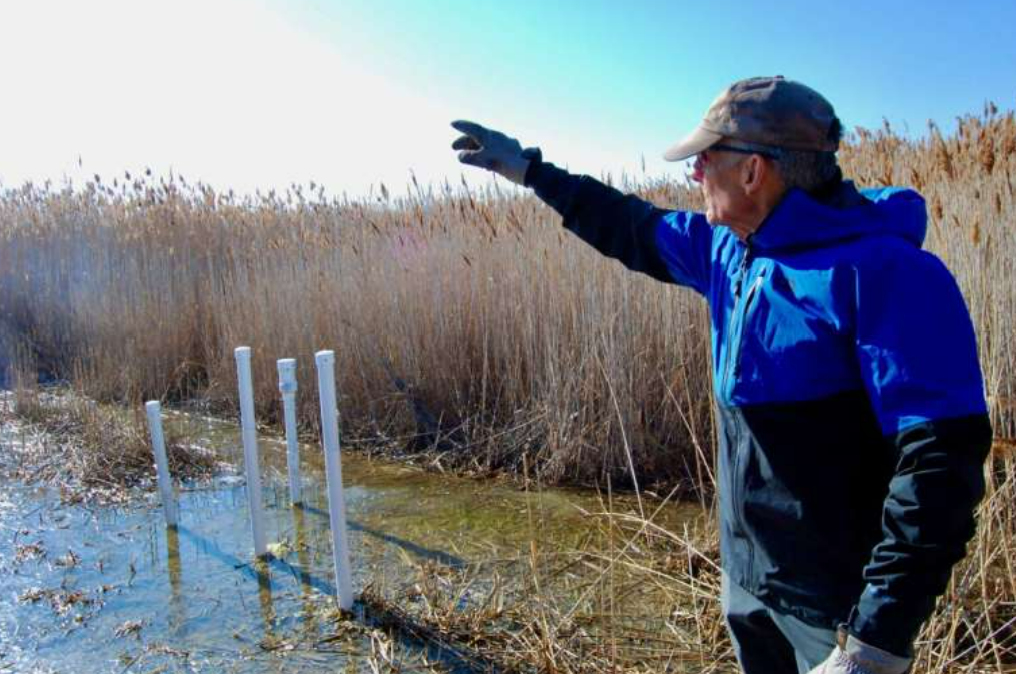#19: World broods with warm breast and with ah! bright wings
My family came back from a vacation today. We don't take a lot of vacations, what with the cost of everything and work and school schedules. But we're fortunate because we live in Utah, and Utah is amazingly beautiful. So we packed up the kids and drove down to a little Airbnb in Panguitch, a hub that allowed us to visit Bryce Canyon National Park one day and Zion National Park the next. And let me tell you: it was fantastic.
Take a look at this picture. This is a photo that I, not a photographer and just a guy using his iPhone, took at Sunrise Point in Bryce. It is hard to take a picture of this place that is not glorious.
And one of the best parts of this trip was that we were able to detach. The world, as you are well aware, is awful. Politics, news, disasters. It's just bad all around. And it was wonderful to literally, as the saying goes, touch grass. To see that there is beauty and grandeur, and that not EVERYTHING is the worst.
One of my favorite poets is Gerard Manley Hopkins, and he wrote a prescient poem about the world being terrible, but also idyllic. He talks about the tarnished world. It sounds a LOT like he's talking about the destruction of the environment, and this is remarkable because he was writing this 130 years ago. But I think it also applies to the things that accompany industrialization: the worldly things, the corrupted things. I'm just going to leave the poem here and let you enjoy it. It really spoke to me today.
The world is charged with the grandeur of God.
It will flame out, like shining from shook foil;
It gathers to a greatness, like the ooze of oil
Crushed. Why do men then now not reck his rod?
Generations have trod, have trod, have trod;
And all is seared with trade; bleared, smeared with toil;
And wears man's smudge and shares man's smell: the soil
Is bare now, nor can foot feel, being shod.
And for all this, nature is never spent;
There lives the dearest freshness deep down things;
And though the last lights off the black West went
Oh, morning, at the brown brink eastward, springs —
Because the Holy Ghost over the bent
World broods with warm breast and with ah! bright wings.
Bits and Bobs from the News
This is a fossil. (Paleontologists can tell.)
#1. In the history of drilling cores in the earth, there are only two known instances where the corer came up with a fossil. Such a thing is extraordinarily rare, not only because corers are narrow, but also we can't predict where fossils are. And yet, a core that was drilled AT A DINOSAUR MUSEUM in Denver, happened to pull up--from 750 feet below it--this fossil of a small herbivore. As the paleontologist described it, this find was like hitting a hole in one teeing off from the moon.
#2. New findings show that fig trees convert carbon dioxide into stone! All plants, when they photosynthesize, convert CO2 into organic carbon. But fig trees use CO2 to create calcium oxalate crystals, which bacteria convert into calcium carbonate. The fact that fig trees essentially fossilize themselves was already known (not to me--I had no idea) but the fact that this action comes from CO2 is news. Neat!
#3. The Great Salt Lake is drying up (which as a Utahn, I am well aware of) but researchers at the University of Utah have discovered that there's water--fresh water, not salt water--in chambers underneath the lake, and they don't know where it's coming from! This was discovered because the receding waterlines revealed reed-heavy phragmite-covered mounds in the lake bed. These are little bubbles in the earth that are the tops of these underground chambers, and the reeds are living off the fresh water. Now the researchers are doing tests to try to identify the source of the water (it's not an aquifer) and see if it could possibly revitalize the lake.
#4. This photo is by photographer Paul Joels, capturing the Milky Way in the sky over a boathouse in Lulworth Cove in the U.K., and it's one if the finalists in the 2025 ZWO Astronomy Photographer of the Year Awards. The awards are run by the Royal Observatory Greenwich, and sponsored by astronomical camera company ZWO. You should really look through the collection of these photos, because they're absolutely incredible.
Distractions and Diversions
Have you ever wondered what happens to the other parts of the ruins? The stuff that feel down? Sometimes there's a lot of rubble on the ground, like we talked about a few weeks ago with Chaco Canyon. But what about the Colosseum? A full half of the thing is missing--where did it go? This great classical archaeology channel, ToldInStone, explains.
The two most famous predators in the ocean are the Great White Shark, of Jaws fame, and the Orca (the Killer Whale). Well, they don't fight each other... but what if they did??? SciShow takes a look at what would happen if these two deadly giants went at it. With science!
Wonderfest was a couple weeks ago. Wonderfest is where the most phenomenal model makers get together to show off their creations and obsessions, and Tested goes there every year to interview the experts. This is a video about a replica of the a Constellation Class starship from Star Trek--a class of ship that only exists as a model in Captain Picard's ready room in The Next Generation. What this maker created is incredible.
That's all for this week. Go outside! Put the human world aside for minute and embrace the real world.
If you want to learn more about me, visit my website.




